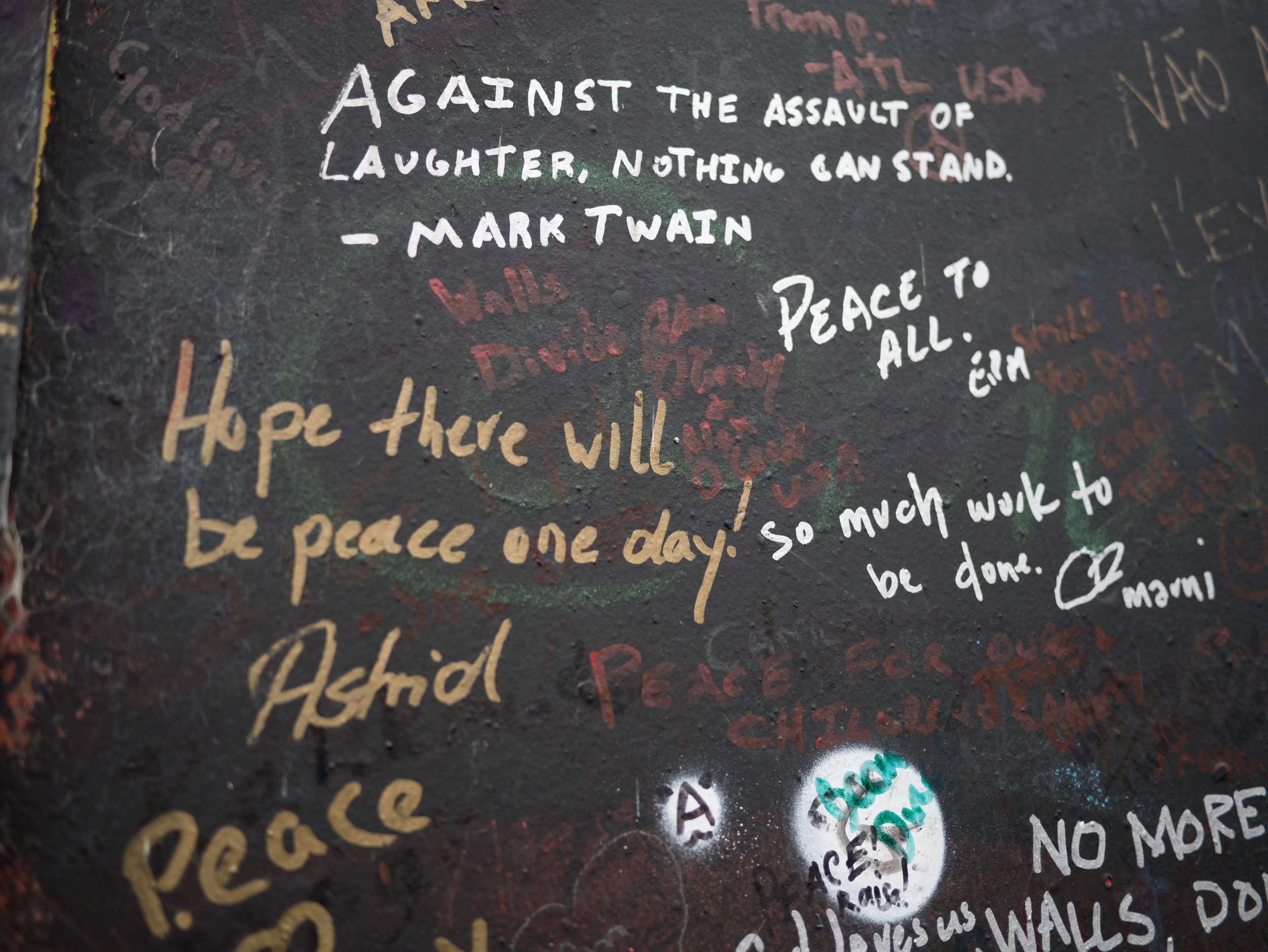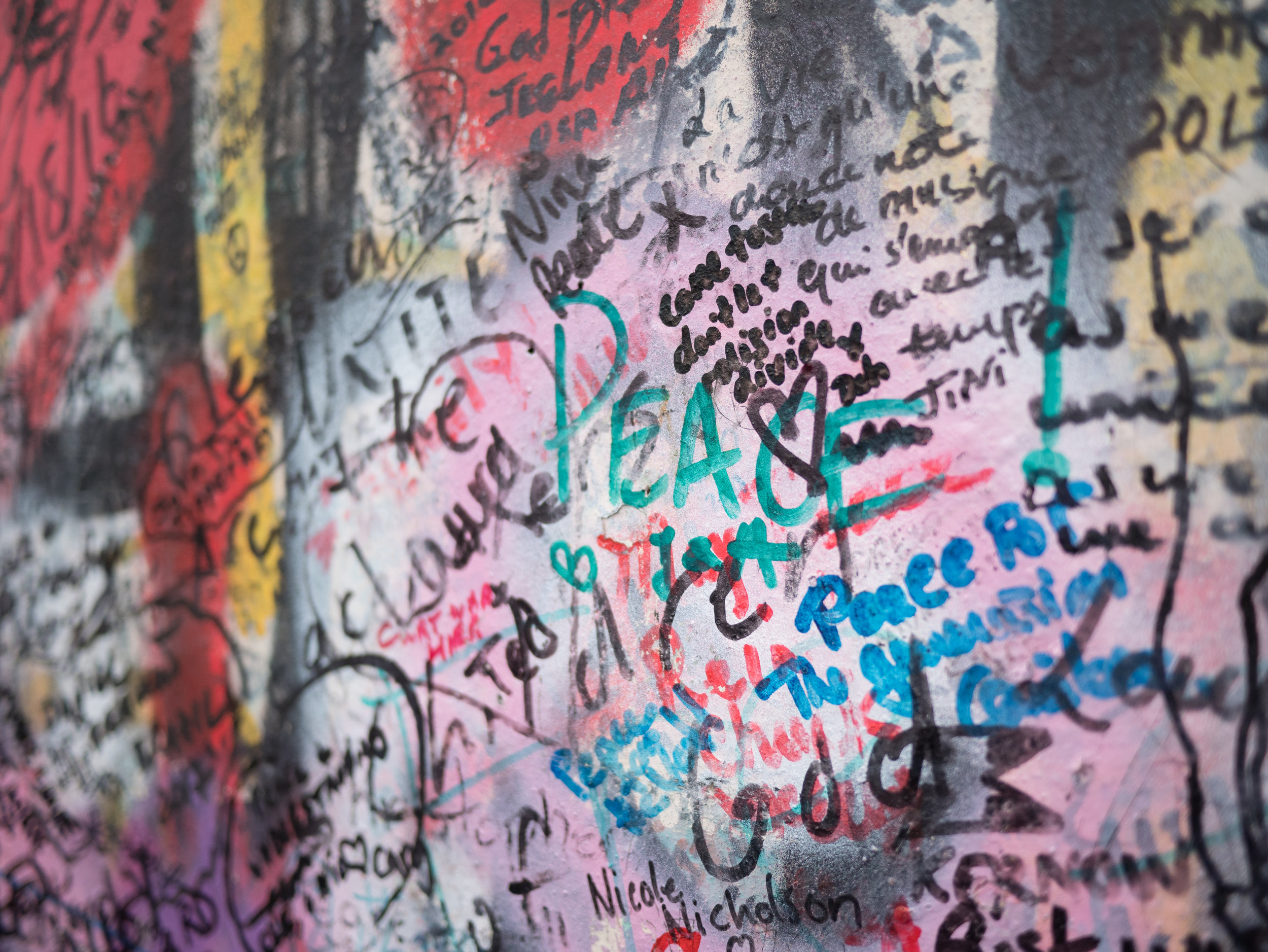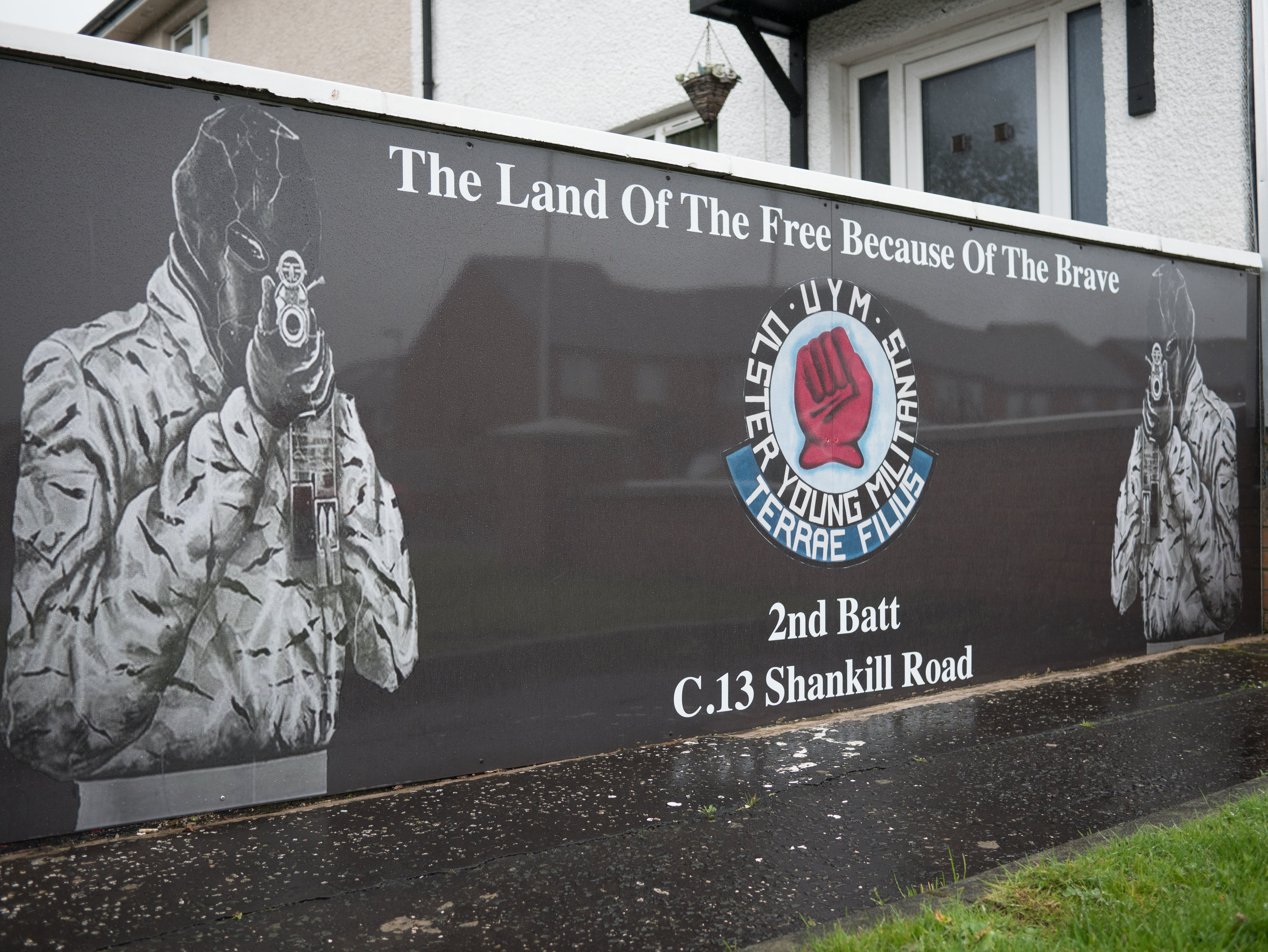Not So Belfast
An art installation located on the Unionist (Protestant) side of the Peace Wall, a wall that still opens every morning, and closes every night.
Last month I had the pleasure of spending time gallivanting through Ireland. Our travels took us from the Guinness Storehouse and Kilmainham Gaol Prison to Giant's Causeway. But, nothing compared to the impact of experiencing the history of Belfast in a Black Cab tour.
The tour, led by Belfast native on the Catholic side of the peace wall, takes you through a slightly biased version of the history behind "The Troubles." I could spend 3,000 words documenting the history between Irish Nationalists and Unionists, talking about the more than 10,000 bombings in Ireland, the numerous paramilitary groups that still exist out of the mainstream, and how one side of the peace wall still views themselves as an occupied people. However, experiencing the Peace Wall, opening every morning, and closing each night, made the history of The Troubles more real than any textbook ever could.
Before seeing the wall. Seeing the words scraweled into the stone. Seeing the memorials. The stark difference between the pro-british murals on the Unionist (protestant) side and the murals showing support for Catalonia on the Separtist (Catholic) side was abstract. Seeing it solidified, quite literally in concrete, made the division real. In some ways it echoed the current division in the United States. However, it's simplicity isn't much different than the streets, railroad tracks, and other landmarks that stand as symbols of division in many American cities.
If you ever get a chance to head to Ireland carve out a day to spend in Belfast. While we only had a few hours during our tour to soak in what the city had to over, much like the wall that still opens each morning and closes each night, the impact is permanent.







